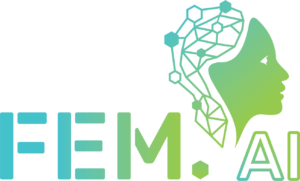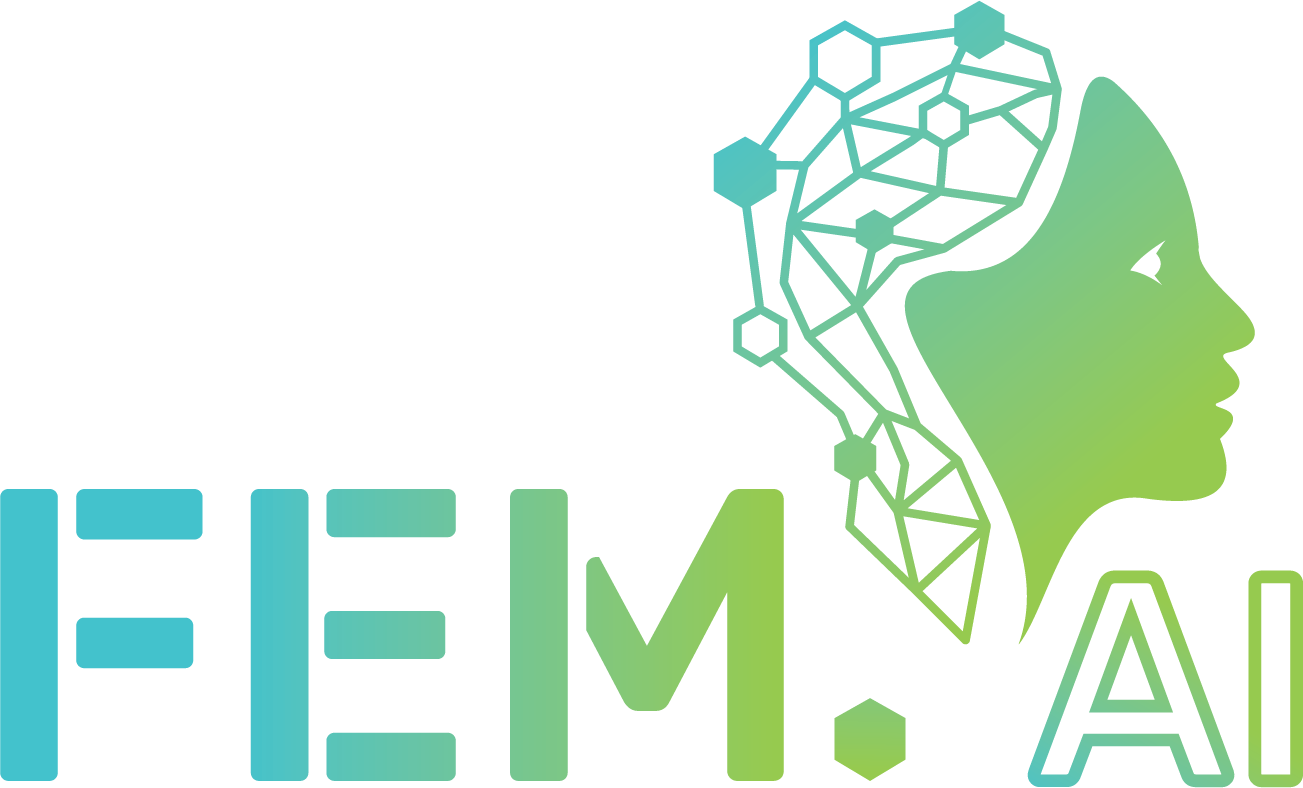I was invited to the Fem.AI conference in Menlo Park, the first sponsored by the Cadence Giving Foundation with a goal to promote increased participation of women in the tech sector, especially in AI. Not just for equity, also to grow the number of people entering the tech/AI workforce. There are countless surveys showing that demand for such talent is fast outstripping supply. Equally interesting, men and women seem to bring complementary skills to tech, especially to AI. More women won’t just add more horsepower, they can also add a new competitive edge.

What follows is based on talks I heard mostly in the first half of the day. Schedule conflicts prevented me from attending the second half.
Role models
This event was so stuffed with content and high-profile speakers that I struggled at first to decide my takeaways. Listing all speakers and what they had to say would make for a very long and boring blog so I’m taking a different path based on an analogy the MC (Deborah Norville, anchor of Inside Edition) used to kick off the day. She talked about a pipeline for women entering tech, imagining roles in tech, starting in academia, progressing to first jobs and beyond. Reminding us that the reason we don’t see more women in tech is that this pipeline is very leaky.
Many of us find first inspiration for a career path in a role model, especially a high-profile role model, someone in who we can imagine ourselves. In engineering this is just as true for boys as for girls, but girls don’t see as many identifiable role models as boys do. More are now appearing but are still not sufficiently championed as role models.
We also need to correct girls’ own perception that engineering and software careers are not for them. If they don’t see fun and inspiration in these areas driven by like-minded activity among their peers, they won’t look for role models with those characteristics. Girls Who Code and similar organizations are making an important dent in this problem. Fem.AI and others are aiming (among other things) to raise the visibility of role models who can inspire girls looking for that initial spark. The speakers at this event were a good indication of the caliber of inspiring examples we should promote more actively.
Fixing the leaky pipeline
Start with school programs. A big barrier to those interested in STEM is the math hurdle. I’m told a belief among girls that “math is hard” starts at age 7. Females don’t lack genetic wiring for math, and they are certainly not alone in this challenge. My father (an English teacher) hated math, but he liked trigonometry because he understood how it can be used to solve real world problems like figuring out the height of a building. Relevance to real world problems is an important clue.
At the college level, as many women as men enter as computer science majors, but 45% of them change majors or leave school before graduation. The consensus here was they don’t feel they belong. One solution already in place at multiple colleges is mentorship and allyship programs, where an undergrad can turn to a grad student for guidance or support through a rough patch in self-confidence. (This is arguably just as valuable and accessible for male undergrads. These programs are fostered by encouraging graduates to develop their own leadership skills through mentoring, making them just as feasible and accessible for men.)
A second solution is blended majors, combining CS and AI with say economics, or brain and cognitive sciences, recognizing that women are often drawn to areas where they can see impact. The Dean of Engineering from MIT said she saw female engagement in such programs rising to 50% to 60%.
Working at the interfaces between disciplines was a recurring theme throughout the Summit. Accuracy, fairness and accountability are huge concerns in AI deployments today, and these can’t be addressed solely within CS/AI. One research program I heard about involved a collaboration between a law school and AI researchers. Another (private discussion) was with a senior at Notre Dame leading an all-female team building a satellite – a very impressive multi-disciplinary project with an easily relatable goal.
The irrepressible Dr Joy Buolamwini talked about her seminal work into inaccuracies in face recognition software, leading to major (though not yet complete) regulatory actions in the US, Europe and other countries. It is quite shocking to me that we seem to accept levels of inaccuracy in AI that in any other STEM context would earn an automatic fail. While understandable for high school and research programs, we should demand more for any public deployment affecting safety, finances, policing, legal decisions, everywhere AI claims it can make our lives easier.
The opportunity for women in AI
The theme I have mentioned above several times, that women lean into areas which have a clear impact on real world needs, led to a very interesting VC panel discussion focused on waves in AI venture investment. We’ve seen the AI boom: large language models, spectacular growth in AI hardware and incredible claims. At the same time most would agree we’re headed into a “trough of disillusionment”. The initial thrill is wearing off.
I get it. I work with a lot of tech teams, including several startups. Invariably run by guys, fascinated by their tech, and sure that the world will immediately figure out to apply their innovation to solve an unlimited number of real-world needs. That’s the way it works with us guys: technology first, figure out a real-world application later.
VCs see the next big wave in AI being problem-centric: start with a domain-specific need – in health care, agriculture, education, wherever – then build a technology solution around that need. Adapt as required to find the best fit between initial concept and experience with prototypes. This sounds like a perfect fit for the way many women like to work. Suggesting a wave where women can lead, maybe even help men find real applications for their cool tech!
Very interesting series of talks. I look forward to learning more, especially digging deeper into those real-world problems. You can learn more about Fem.AI HERE.
Share this post via:





Comments
There are no comments yet.
You must register or log in to view/post comments.